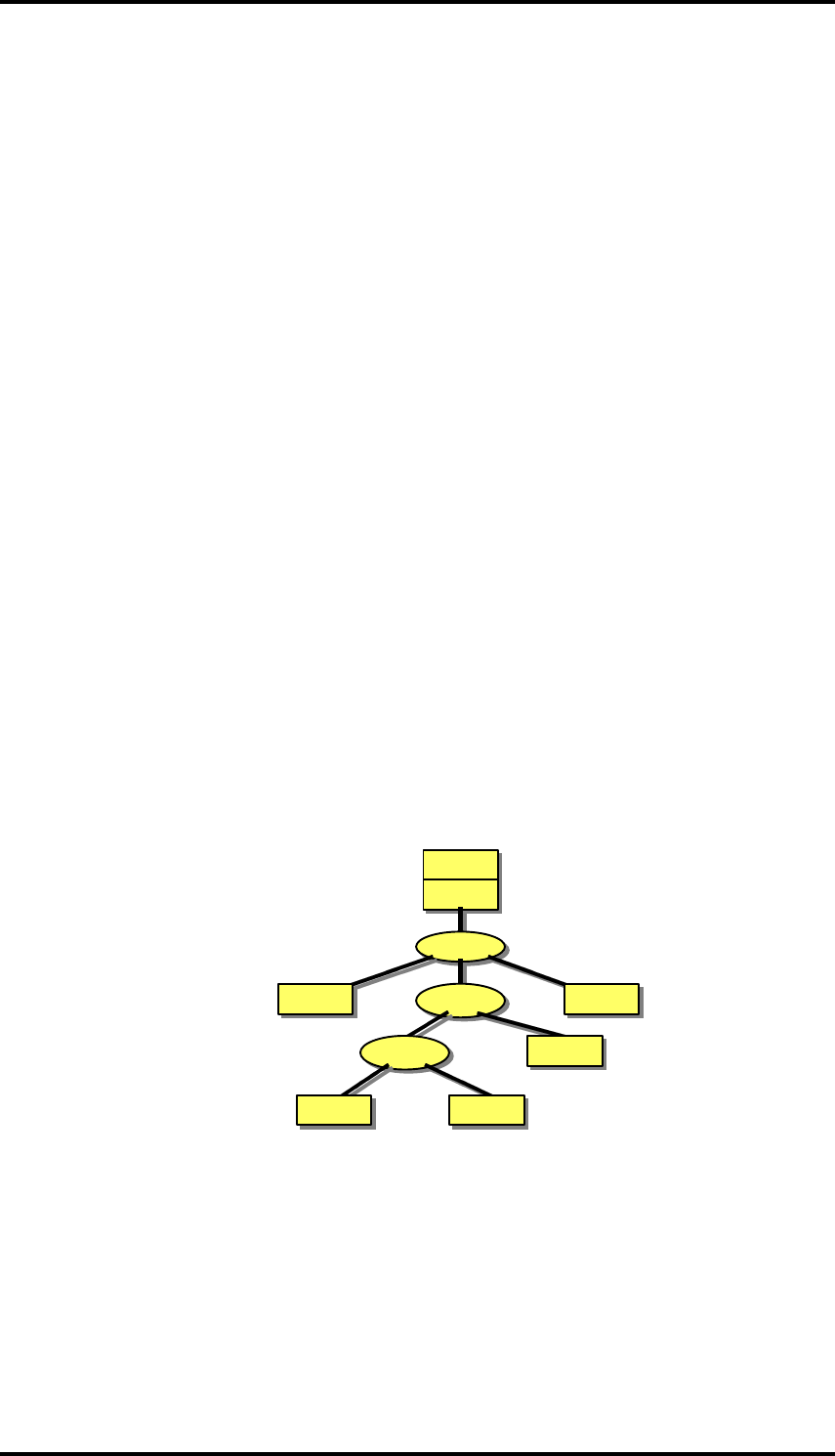
Chapter 4 Software Development
page 4-2
Section 4-1. "USB Basics" provides an overview of the Universal Serial Bus (USB) specifications as
well as URLs for obtaining detailed specifications.
Section 4-2. "Sample USB Firmware" provides a functional overview of the sample device firmware
shipped with the JOB60851 Starter Kit and procedures for modifying the source code and evaluating
the result.
Section 4-3. "USB Bits and Pieces" covers device controller specifications, device controller
operational overview, notes to device developers. etc.
Sections 4-4. "Port 7 LED2 Control" and 4.5 "Standard I/O over Serial Link" give procedures for
modifying the sample source code for simple debugging with the JOB60851 board. They cover both
procedures controlling the onboard LED2 and those using standard I/O library functions (printf(),
scanf(), etc.) over the serial link to a terminal emulator.
4-1. USB Basics
4-1-1. Bus Topology, Addresses, and Hot Plugging
The Universal Serial Bus (USB) features a tiered star topology with a single host controller (a.k.a.
root or Tier 0 hub) at the top of a device tree consisting of functions branching off hubs(a.k.a.
repeaters).
A tree has up to 127 such devices (hubs and functions) with addresses 1 to 127. The address 0 is
reserved for use as the default control address that USB devices use when they are first powered on
or reset. Requests from the host controller use this default address to determine the structure of this
new device and assign it an address. This highly flexible arrangement holds the key to hot plugging
(a.k.a. dynamic insertion and removal).
Figure 4.1.1. Bus Topology
The tree can chain hubs to produce up to five tiers. Cables between hubs or between a hub and a
device can be up to five meters long. To prevent the formation of illegal loopback connections at
hubs, the downstream ports on the root and other hubs use a connector (Series A) mechanically
different from those on the upstream ports on devices (Series B).
The JOB60851 board is for developing devices, not hubs, so features a Series B connector for
connection to the Series A one on the root or other hub.
HOST
CONTROLLER
HOST
CONTROLLER
ROOT HUB
ROOT HUB
HUB
HUB
DEVICE
DEVICE
HUB
HUB
DEVICE
DEVICE
DEVICE
DEVICE
HUB
HUB
DEVICE
DEVICE
DEVICE
DEVICE


















